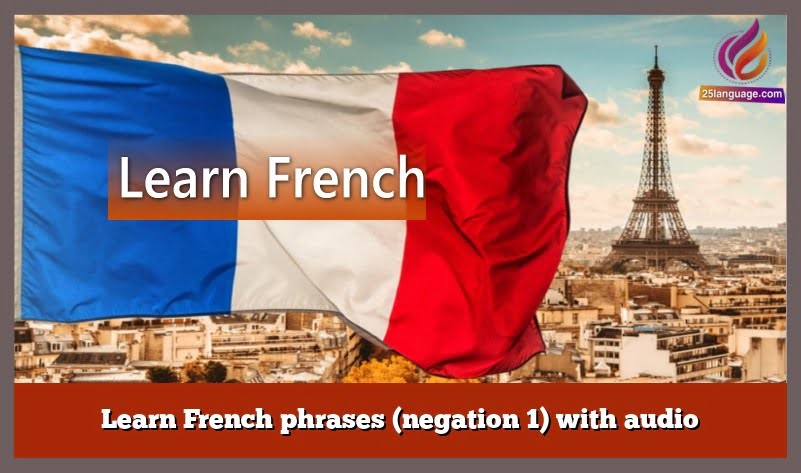questions in past tense in French 2
Learn French phrases (Questions – Past tense 2)

To form questions in past tense in French, you typically use inversion or the est-ce que structure. Here are the general guidelines:
- Inversion:
- Invert the subject pronoun and the auxiliary verb in the past tense.
- Place a hyphen (-) between the inverted subject pronoun and the verb.
- Add the past participle of the main verb.
- For regular verbs, the past participle is formed by adding -é, -i, or -u to the verb stem. For irregular verbs, the past participle varies.
Example: Statement: Tu as mangé une pomme. (You ate an apple.) Question: As-tu mangé une pomme ? (Did you eat an apple?)
- Est-ce que structure:
- Begin the question with “Est-ce que.”
- Follow it with the subject pronoun and the auxiliary verb in the past tense.
- Add the past participle of the main verb.
Example: Statement: Ils ont étudié pour l’examen. (They studied for the exam.) Question: Est-ce qu’ils ont étudié pour l’examen ? (Did they study for the exam?)
Here are a few more examples using both the inversion and est-ce que structures:
- Inversion: Statement: J’ai vu le film hier soir. (I saw the movie last night.) Question: As-tu vu le film hier soir ? (Did you see the movie last night?)
- Est-ce que structure: Statement: Elle a terminé son travail. (She finished her work.) Question: Est-ce qu’elle a terminé son travail ? (Did she finish her work?)
- Inversion: Statement: Nous sommes partis en vacances. (We went on vacation.) Question: Sommes-nous partis en vacances ? (Did we go on vacation?)
- Est-ce que structure: Statement: Vous avez visité le musée hier. (You visited the museum yesterday.) Question: Est-ce que vous avez visité le musée hier ? (Did you visit the museum yesterday?)





























